Review: Apple MacBook (2015)
 Tuesday, May 12, 2015 at 9:29AM
Tuesday, May 12, 2015 at 9:29AM 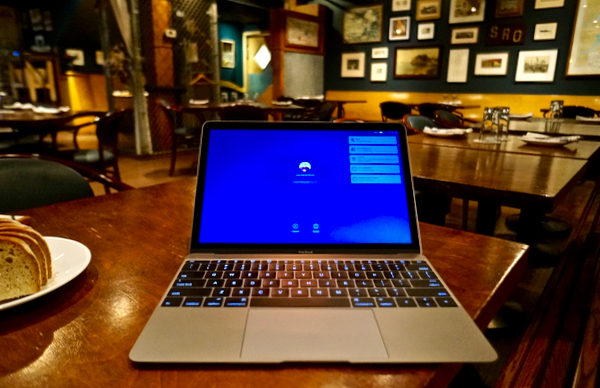 By Gadjo Cardenas Sevilla
By Gadjo Cardenas Sevilla
While the MacBook does have some compromises (some of them glaring), there is no doubt that most of its features aren’t just here to stay, we can expect them to permeate the rest of Apple’s notebook and possibly even their desktop line.
The new 12-inch Apple MacBook with a Retina Display is the latest in a long series of notebook innovations by Apple. It follows boldly in the footsteps of the PowerBook Duos, the transparent clamshell iBooks, the Titanium PowerBook G4 and its parent, the MacBook Air.
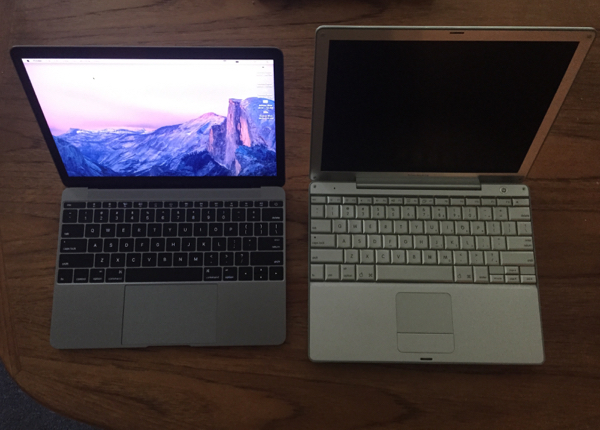
All of the aforementioned notebooks pushed the boundaries of the technology of their day and melded features and materials in order to forge mobile computing forward. At times, Apple's quest to bring in new innovations and standards, has been met with resistance and even ridicule, but history has show that many of these innovations succeeded and became standard and expected features across the industry.
Thanks to Apple’s notebooks, we now enjoy such common features as WiFi, magnetic charging plugs, sealed in batteries, Thunderbolt, USB, FireWire, SSD storage, backlit keyboards, unibody aluminum enclosures, and the entire Ultrabook class of notebooks.
While the MacBook Air is super-popular and has become one of the most successful Apple products in a very long time, it oddly feels a little long in the tooth. The redesigned version we see today hasn’t changed much since 2010, even as yearly processor upgrades improve battery life and WiFi connectivity is upgraded, the look and feel of the Air line remains largely the same.
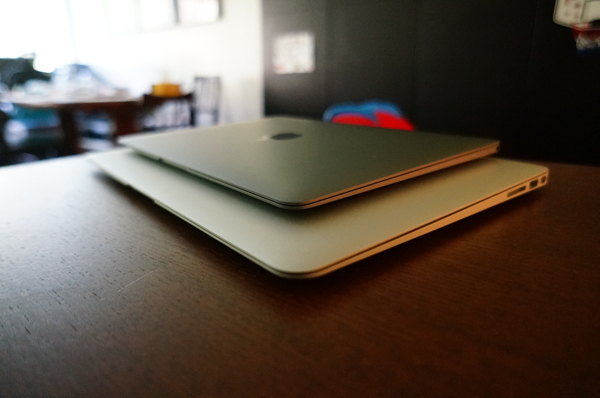
There’s not much Apple can do to change the MacBook Pro line, it is the supreme performance notebook line in the market, with arguably the best Retina Displays and an abundance performance, power, battery life, and portability that many have tried to surpass but few have matched.
Hollywood runs on MacBook Pros, they are also the preferred notebooks of developers and creatives, and as someone who has entrusted his livelihood and business to a two-year old 13-inch MacBook Pro with a Retina Display, I can attest that it is easily the best notebook I have owned, it has the dents and scars to prove it.
So what’s this new 12-inch MacBook?
Looking at the Apple website and seeing the gold version floating in white space, its easy to think of it as a status symbol meant for millionaires and the jet set.
Looking at how thin it is and how portable it is, one might easily dismiss it as Apple’s answer to the ChromeBook Pixel; which while a beautiful piece of hardware, is an underpowered, overpriced and rather tacky accessory.
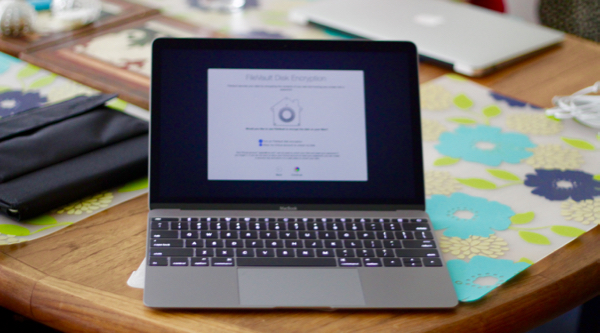
The MacBook is more than a what surface glance suggests and certainly offers much more value than the Chromebook Pixel.
While, yes, it takes a lot of its styling from the iPad line, which does serve up a choice of colours, it also borrows heavily from the Apple Watch (Force Touch, insane level of construction), as well as both MacBook lines (Air and Pro).
The MacBook is really all of Apple in one device. It’s something no other manufacturer could create (or dare make), it ushers in the era of USB Type-C as well as pushes computing into an almost completely wireless space.
Thanks to OS X Yosemite’s Handoff and Continuity features, the MacBook and a connected iPhone can access the Internet almost anywhere with ease and still last the a whole day. This awesomeness comes at a price. If you can find it in stores, the new MacBook starts at $ 1,549.00 plus taxes.
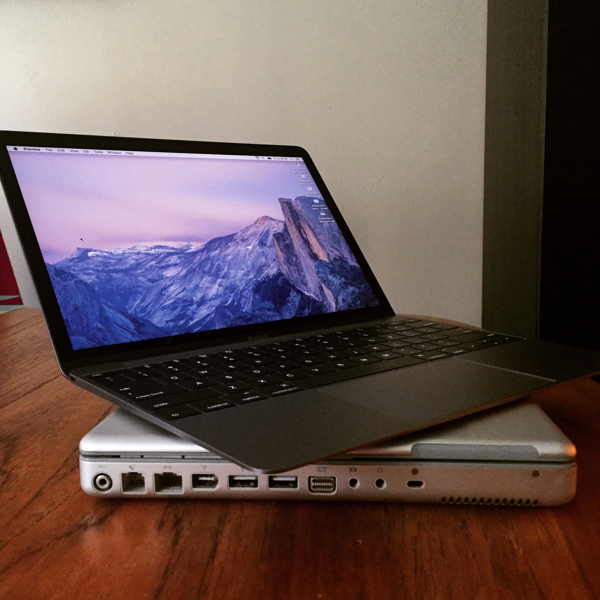
Apple didn’t just make a smaller MacBook Air, it created a new motherboard that’s incredibly tiny and fanless, which means that the MacBook is likely the quietest Mac ever made as well.
Making a notebook this thin and light doesn’t come without any compromises and users will need to adjust to certain things. It’s easier to knock a MacBook off a table or bed and the new USB Type-C connector isn’t MagSafe, which means that if someone stumbles and trips on it, it could go flying.
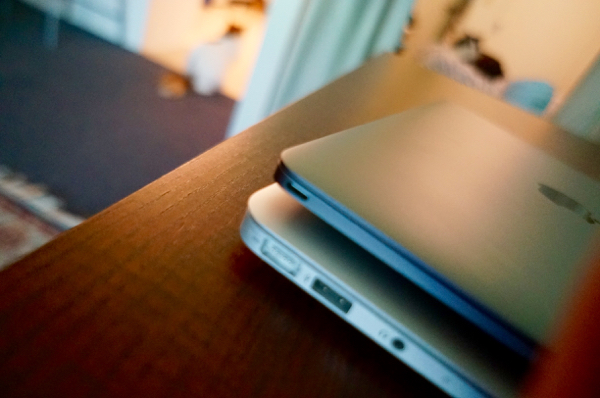
While made to an exacting degree, we’re at a point where material tolerances are put to an extreme test. The MacBook feels reasonably sturdy, but not as rock solid as a MacBook Pro or even a MacBook Air, so you feel you need to baby it more and keep it in a nice case when not in use.
With a bright and glare-free 12-inch display featuring a 2304x1440 resolution, a 178% viewing angle and a new 16:10 aspect ratio, the 12-inch Retina Display on the MacBook is sublime and detailed.
The MacBook also supports 1440 by 900, 1280 by 800 and 1024 by 640 resolutions. It's true that once you use a Retina Display for any period of time, regular displays looks washed out and murky.
Key technologies are abundant, like the 12-inch Retina Display, new butterfly keyboard mechanism, Force Touch trackpad, faster SSD, new Intel Core M processors in a tiny, tiny fanless motherboard and powered by terraced batteries that fill every air gap in the MacBook's interior.
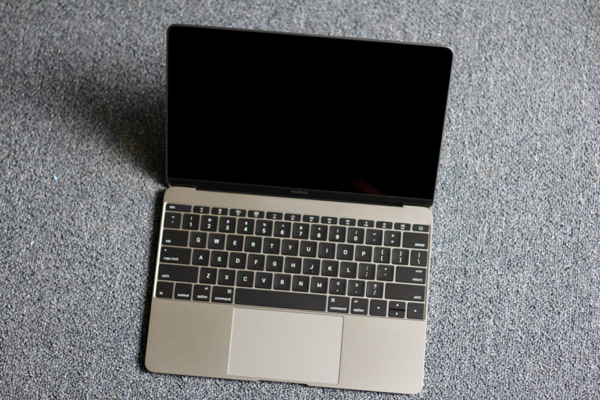
All of these technologies in a notebook that’s scarcely 2 pounds and features a keyboard that’s even easier to type on than many larger notebooks is an engineering feat for sure. The glowing Apple logo is gone but has been replaced by a shiny etched logo which looks a bit classier and doesn't offend other people in a dark room
For me, finding the ideal ultraportable notebook has been a quest that’s lasted around 20 years. It’s taken me through various early PowerBooks, some Toshiba Librettos, some Sony VAIOs, and even the first generation MacBook Air.
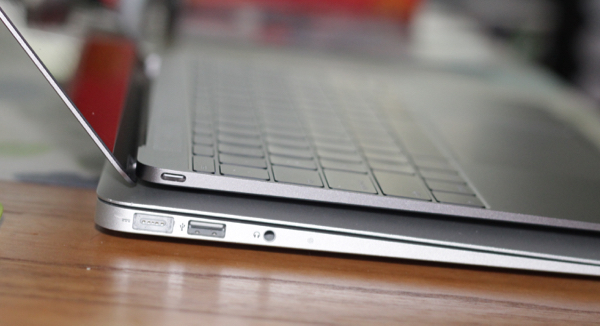
The ideal ultraportable is thin and light but needs to have a functioning keyboard, and also a long-lasting battery, plus the capability to run the latest software. If any of these are missing, then you might as well be using a netbook.
For years, I’ve seen many 10.5-12-inch notebooks offer great size but completely fail at delivering a keyboard that can match what larger notebooks have as standard.
The MacBook’s genius is that when it is open and when you are using it, it feels like a very nice and very functional MacBook Air but with a much, much better display. The keyboard actually has takes a few hours of adjustment but I can type fast and efficiently on the new keyboard and have grown to like it better than other keyboards.
The area of the keys is larger than on my MacBook Pro, the response is more than ample and the backlighting on the keyboard is even and bright.
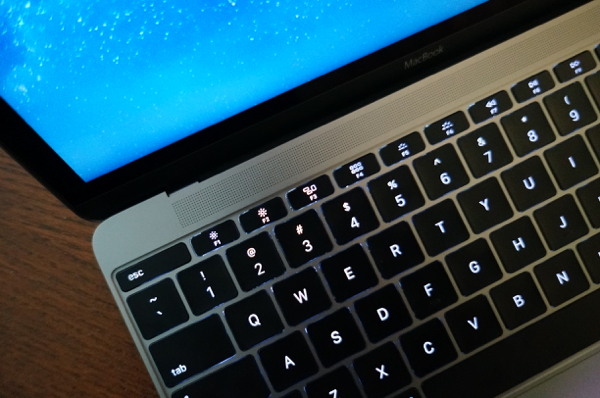
The MacBook also surprised me in various ways. The speakers are surprisingly loud and sound is not as tinny as one would expect. Perhaps Dr. Dre put some Beats mojo in the MacBook as it is almost as loud and certainly clearer than my MacBook Pro.
This helps when watching TV shows on the MacBook using Slingbox on a browser as well as streaming Netflix, two activities that this notebook handles particularly well. I'm not a PC or Mac gamer so I haven't pushed the graphics performance of the MacBook but it has proven itself as a fine iMovie editor and handles apps like Adobe Creative Cloud and Pixelmator without a hitch.
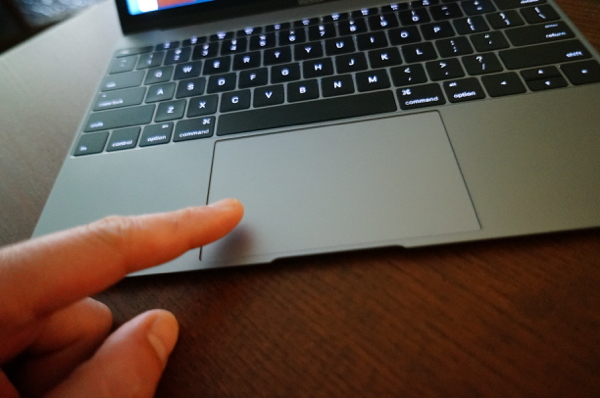
The larger trackpad is easy to use and while the Force Touch seems to be a big feature, I’ve only used it a few times to look up words. This trackpad has no mechanism or moving parts, but an advanced vibration engine can replicate the feel of a button press and even increase feedback.
It’s quite a parlour trick right now, but I expect it to be a more useful feature once more applications support it. It baffles the mind that it isn’t actually moving when you press it, the trackpad uses a combination of vibration and sound to fool the brain into thinking that it is being clicked.
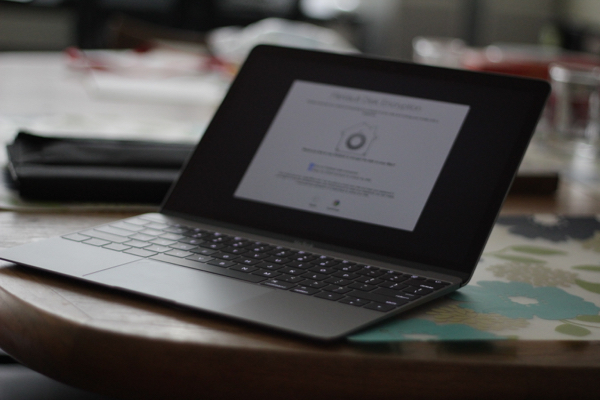
Battery life is quite astounding, I had the MacBook on for two hours while typing this review, checking mail, checking NBA scores on the Internet and shopping on Amazon.ca and it says I have 8:44 remaining. That’s very impressive and a testament to the choice of processor plus Apple’s streamlined power management on OS X.
The MacBook takes a lot of usage cues from the iPad. iPads are meant to be used untethered to a power source, they don’t have ports aside from the lightning adapter, which also uses various dongles in order to accept SD Cards, enable HDMI-out video as well as get charged by external power packs.
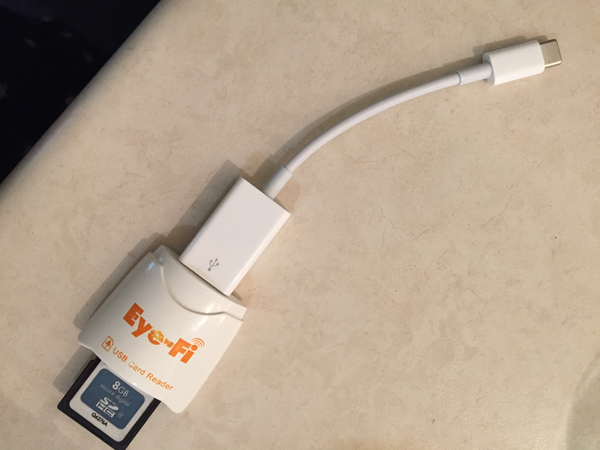 If you are considering the MacBook you will need to buy dongles and connectors for your connectors
If you are considering the MacBook you will need to buy dongles and connectors for your connectors
A lot of people are complaining about what the MacBook can’t do, or what it doesn’t have, or even how much it costs. It’s easy to dwell on the negatives when we’re stuck thinking about conventional (and dated) notebook ideals.
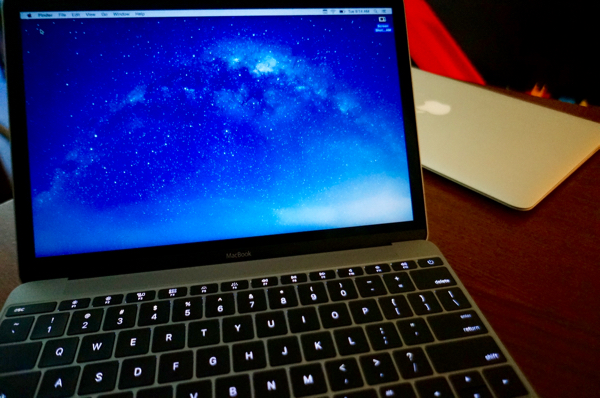
While the MacBook does have some compromises (some of them glaring), there is no doubt that most of its features aren’t just here to stay, we can expect them to permeate the rest of Apple’s notebook and possibly even their desktop line.
USB Type-C is the connector of the future (it is, isn't it?). That it can drive power, video, and USB 3.0 connectivity means that with adaptors and hubs, it is easy enough to continue connecting our printers, scanners, Wacom tablets and even charger our iPhones and iPads through this one port. I just purchased a four port USB Type-C hub on Amazon.ca for CAD $25.00, so if connectivity is a must-have, it is attainable.
The 420p FaceTime camera that’s included in the MacBook is hardly usable unless you’re in very bright conditions. I hardly use my notebook’s camera to FaceTime but, if this is a feature you depend on, you might need to look somewhere else or cobble together an external video camera.
I expect that next year’s iteration of the MacBook will at least add an extra USB Type-C port and a 720p HD camera at the very least.
Conclusion:
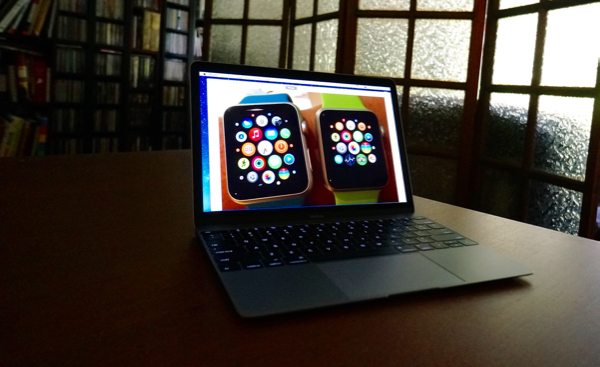
The MacBook is the most personal notebook Apple has ever created. Aside from the choice of colours and the ultraportable weight and thinness, it is create to be mobile and easy to carry and use.
As someone who travels a lot and who needs to work on-the-go 80 per cent of the time, the MacBook is the ideal solution for 80 per cent of the work I need to do. Writing, posting stories online, resizing and editing photos and the occasional short video, are tasks the MacBook can accomplish provided I use a the right dongle to help grab content from cameras.
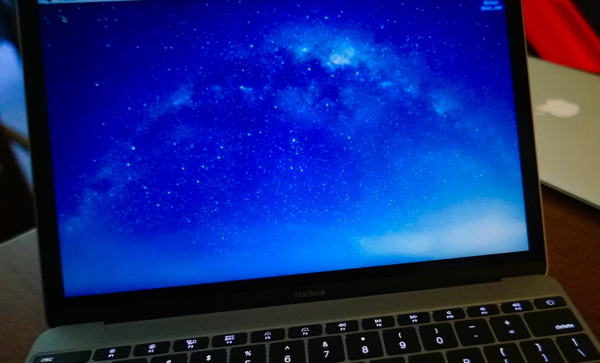
While still an expensive notebook to consider for most students or casual users, I find that despite its more meagre performance specs, the MacBook can work just as well, and last as long as an 11-inch MacBook Air but has the advantage of the much improved Retina Display and an even thinner profile.
Two of my favourite things about the MacBook are the fact that it never heats up uncomfortably and it is always whisper quiet. I noticed this while using it in the Summer months where my 13-inch MacBook Pro (late 2013) gets uncofortably toasty while the MacBook remains cool and quiet.
I’ve spent much of the past three years trying to transform my iPad into a subportable notebook with various keyboard attachments and while I managed to create a workable solution, it was less than ideal.
The MacBook is the closest thing to an ultimate portable device mixing an iPad’s convenience and MacBook Air’s productivity and ability to multitask as well as run desktop class software. It is also a capable all-around Mac which will likely get even better once El Capitan ships in the Fall.
It’s just too bad that high starting price and current dollar exchange rates might price it out of many potential Canadian user’s budgets. It is definitely a notebook worth saving for if portability is your main concern.
Rating: 4.5 out 5




















Reader Comments